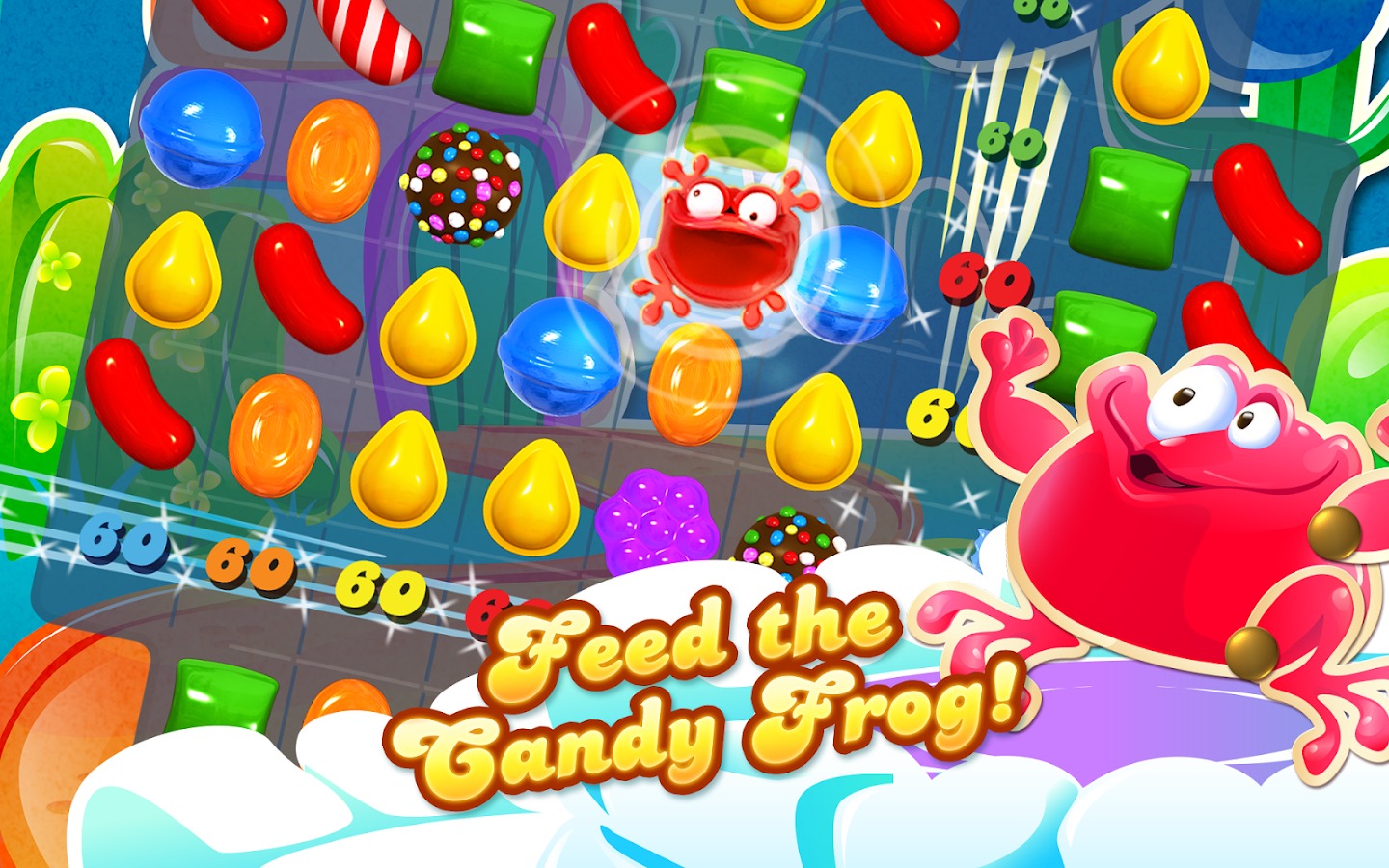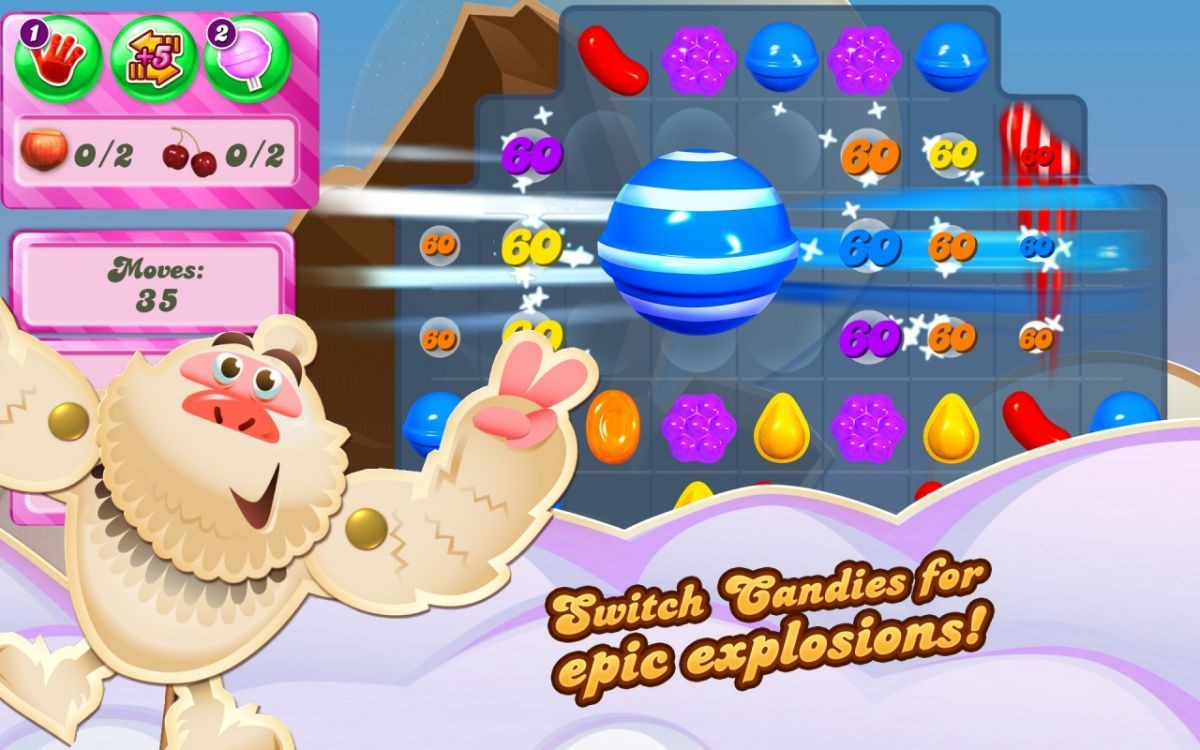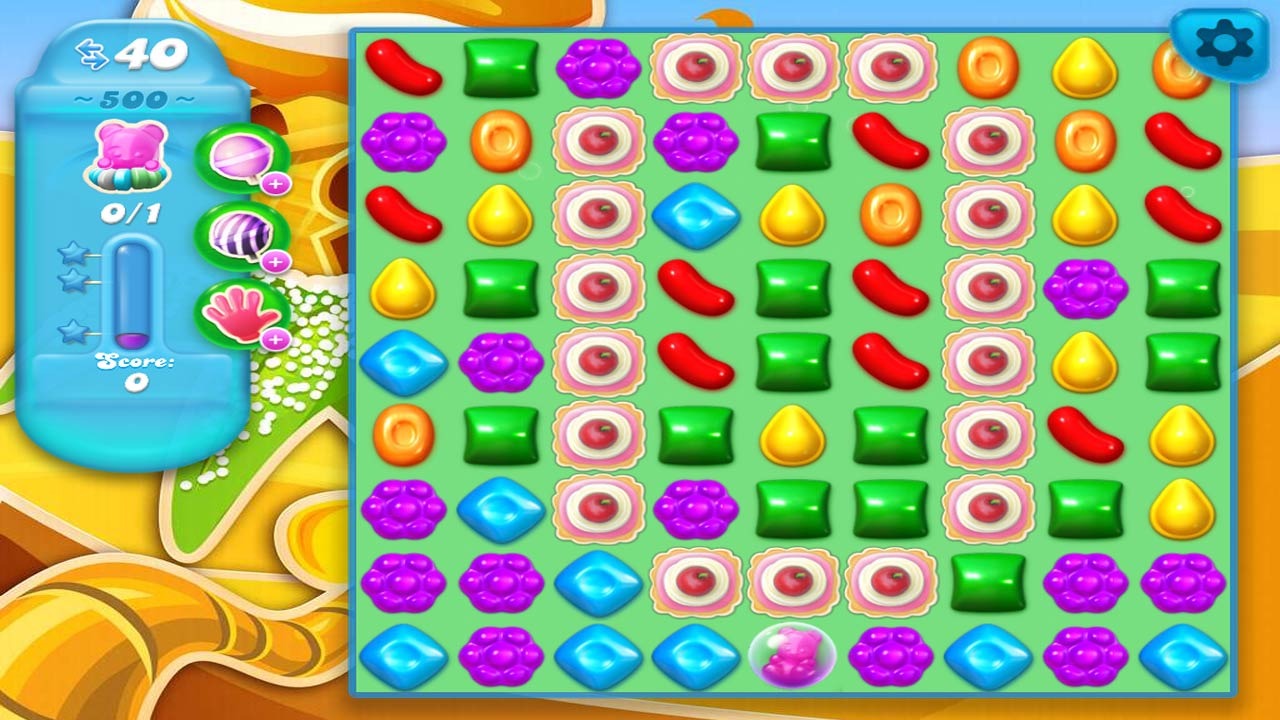The Sweet Revolution: How Candy Crush Defined Mobile Gaming
Before Candy Crush Saga, mobile gaming was still finding its footing. While Angry Birds had shown the potential for touch-based games, Candy Crush truly perfected the art of the pick-up-and-play experience, designed for quick bursts of entertainment. Its immediate success wasn’t just about fun; it was about accessibility and a brilliantly executed user experience (UX).
 The core mechanic—swapping adjacent candies to create lines of three or more—is intuitively understood by anyone, regardless of their gaming background. This low barrier to entry was crucial for user acquisition on a massive scale. Coupled with vibrant graphics, satisfying sound effects, and the delightful “Sugar Crush” animations, the game created a highly rewarding feedback loop. Each successful match, each cascade, and each completed level felt like a small, achievable victory, triggering dopamine releases that kept players hooked.
The core mechanic—swapping adjacent candies to create lines of three or more—is intuitively understood by anyone, regardless of their gaming background. This low barrier to entry was crucial for user acquisition on a massive scale. Coupled with vibrant graphics, satisfying sound effects, and the delightful “Sugar Crush” animations, the game created a highly rewarding feedback loop. Each successful match, each cascade, and each completed level felt like a small, achievable victory, triggering dopamine releases that kept players hooked.
King, the developer, masterfully leveraged social integration, particularly with Facebook. Players could see their friends’ progress on the map, send lives, and share achievements, creating a sense of friendly competition and communal engagement. This social gaming aspect was a powerful driver of organic growth, turning individual playtime into a shared experience. It wasn’t just about beating a level; it was about progressing further than your friends, adding a layer of motivation beyond the game’s intrinsic fun.
Furthermore, Candy Crush Saga normalized and popularized the freemium monetization strategy on a grand scale. While other games experimented with it, Candy Crush perfected the delicate balance of offering a complete, enjoyable experience for free, while strategically placing in-app purchases (IAPs) as convenient shortcuts or aids for those willing to spend. Boosters, extra lives, and additional moves became tempting propositions for players stuck on a challenging level. This model, often referred to as “whale hunting” (targeting a small percentage of high-spending players), proved incredibly lucrative and became the gold standard for mobile game development, influencing countless titles that followed. The constant generation of high CPC (cost-per-click) keywords related to its in-game items and strategies is a testament to its economic impact.
The Endless Buffet: Evolution and Adaptation Over a Decade
One of the most remarkable aspects of Candy Crush Saga is its incredible longevity. In an industry where games rise and fall with astonishing speed, maintaining relevance for over a decade is a monumental feat. This is not by accident; it’s a result of continuous innovation and a deep understanding of player retention.
From its initial launch, King has been relentless in adding new content. Thousands of levels, spanning countless themed “episodes,” have been rolled out regularly, ensuring that even the most dedicated players always have new challenges to conquer. This consistent stream of fresh content prevents boredom and encourages players to keep coming back. Each new episode often introduces novel mechanics, obstacles (like multi-layered blockers, licorice swirls, or stubborn chocolate), or special candies, subtly evolving the core gameplay without alienating long-time fans.
Beyond new levels, King constantly introduces live operations (live ops), including:
- Time-limited Events: Daily quests, weekend challenges, and seasonal events offer unique rewards, encouraging daily engagement and fostering a sense of urgency. These often involve specific objectives, like collecting certain candies or achieving high scores within a time limit.
- Competitive Leaderboards: While the primary journey is linear, many events feature leaderboards, igniting competitive spirits and encouraging players to push for higher scores and ranks.
- Personalized Offers: Leveraging sophisticated analytics and machine learning, Candy Crush often presents tailored offers for in-game currency or boosters, based on individual player behavior and spending habits. This data-driven approach to game monetization maximizes revenue while aiming to provide relevant value to players.
The game has also smartly expanded its universe. Spin-off titles like Candy Crush Soda Saga, Candy Crush Jelly Saga, and Candy Crush Friends Saga introduced new twists on the familiar formula, attracting new players while offering existing fans variations on their beloved game. These expansions demonstrate King’s commitment to exploring the full potential of the Candy Crush brand while maintaining its core identity. This ecosystem approach has been crucial for ensuring continuous player engagement across different platforms and preferences.
The Sweet Science of Player Psychology: Why We Keep Crushing
The enduring appeal of Candy Crush Saga goes deeper than just its mechanics and content updates. It taps into fundamental aspects of human psychology, making it incredibly difficult to put down:
- The “Just One More Level” Phenomenon: Levels are designed to be short enough to complete quickly, but often end just when you’re craving more. This creates a powerful desire to play “just one more,” leading to extended play sessions.
- Variable Reward Schedule: Like a slot machine, the rewards (cascades, special candy combos, level completion) are not always predictable. This intermittent reinforcement keeps players engaged, as they’re always hoping for that big, satisfying “Sugar Crush.”
- Near Misses and Frustration: Challenging levels, where you just barely miss completing the objective, can be incredibly frustrating. However, this frustration often fuels determination, prompting players to try again and again, especially when combined with the allure of a convenient booster. This psychological hook is a cornerstone of addictive game design.
- Sense of Progress and Mastery: The visual map, showing your progression through hundreds, even thousands, of levels, provides a clear sense of accomplishment. Overcoming a particularly tricky level feels like a genuine triumph, reinforcing the player’s sense of mastery over the game.
- Escapism and Stress Relief: For many, Candy Crush Saga offers a simple, colorful escape from the stresses of daily life. The repetitive, yet engaging, nature of the puzzles can be meditative, providing a mental break that is both enjoyable and low-pressure.
These elements combine to create a deeply engaging and, for some, genuinely addictive experience. It’s a testament to King’s understanding of player behavior and their ability to craft a game that resonates on a fundamental level.
The Lasting Sweet Spot: Candy Crush’s Undisputed Legacy
In 2025, Candy Crush Saga continues to be a powerhouse, consistently ranking among the top-grossing mobile games. Its legacy extends far beyond its impressive financial performance. It democratized mobile gaming, proving that casual puzzle games could achieve mainstream success on par with more complex titles. It set the standard for free-to-play monetization, influencing countless developers to adopt similar models. Moreover, it cemented the match-3 genre as a cornerstone of mobile gaming, inspiring a flood of imitators and innovations within the category.

As long as there are moments to fill, commutes to brighten, and a desire for a satisfying, sugary challenge, Candy Crush Saga will likely continue to reign supreme. It’s not just a game; it’s a cultural touchstone, a masterclass in mobile game development, and a testament to the enduring power of a truly sweet idea. Have you ever found yourself drawn back to the Candy Kingdom, even after a long hiatus? What keeps you coming back for “just one more level”?